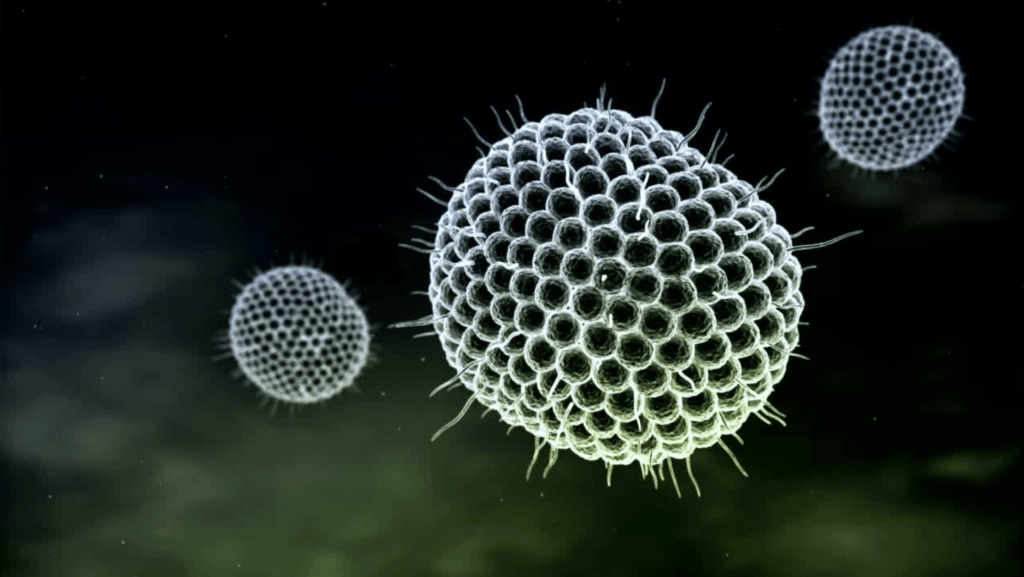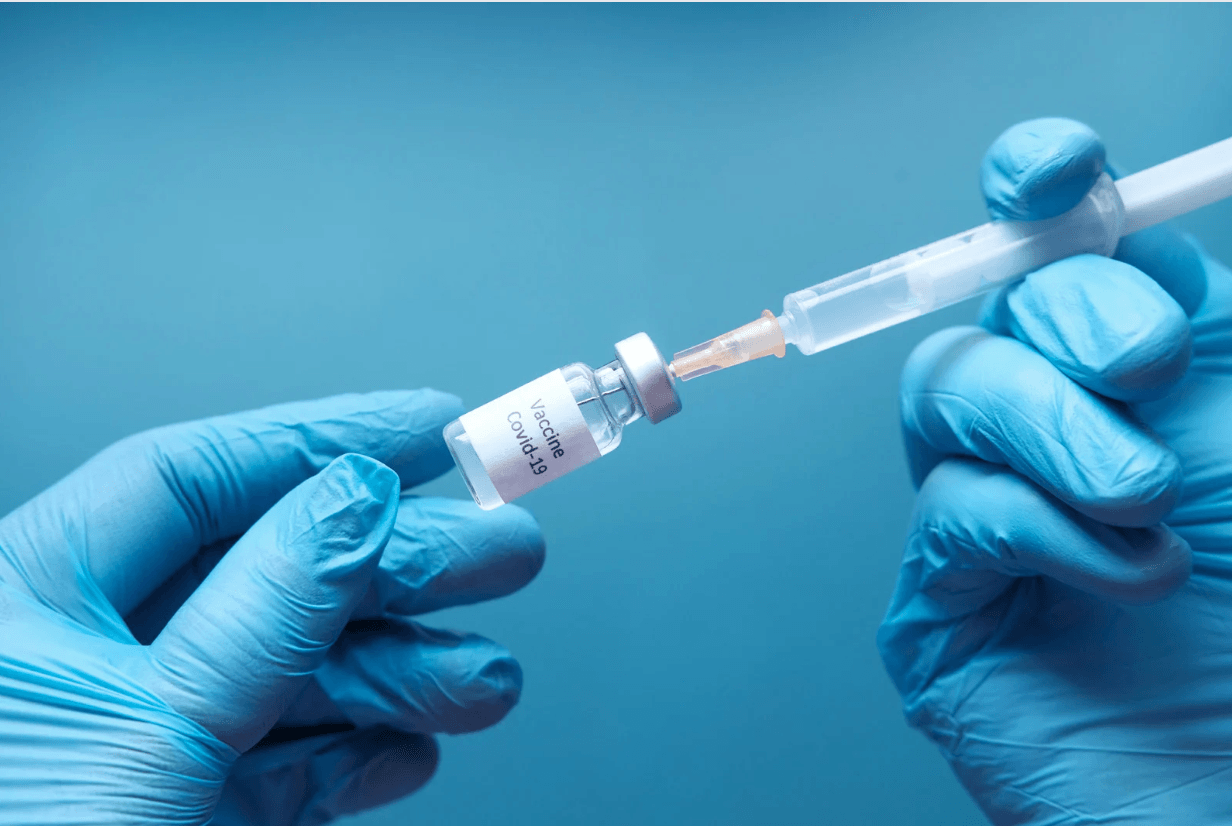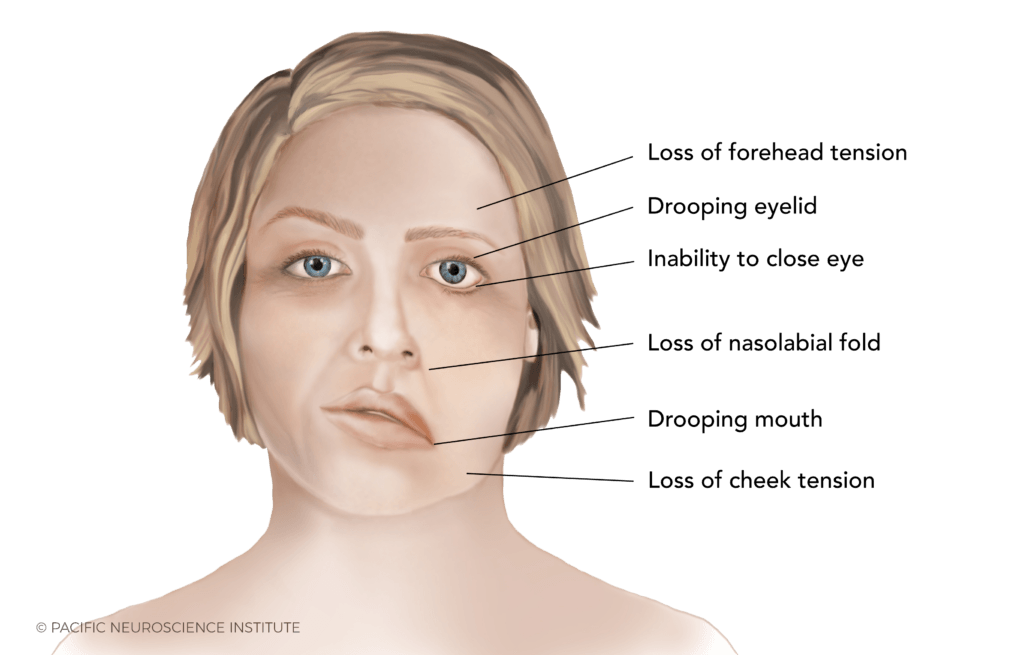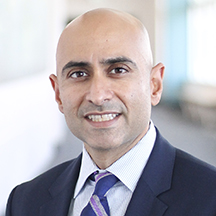
Ramsay Hunt Syndrome, Explained by Dr. Amit Kochhar
by PNI Experts
What caused Justin Bieber’s facial paralysis? Pacific Neuroscience Institute’s facial nerve expert, Dr. Amit Kochhar, Director of the Facial Nerve Disorders Program, explains how Ramsay Hunt Syndrome – a rare virus also known to cause chickenpox and shingles – recently led to the 28-year-old pop star’s facial paralysis.
What is Ramsay Hunt syndrome?

Ramsay Hunt syndrome is a form of virally-induced facial paralysis caused by reactivation of the herpes zoster virus, which is more commonly known as varicella zoster, the chickenpox virus.
While the virus may have been treated or went away in childhood or young adulthood, it remains and lives dormant in our nerves. In some patients, the virus can reactivate in the facial nerve, the nerve that is responsible for movement of the face. When this happens, the nerve can become inflamed within the bone that is supposed to protect it. When the nerve expands, the nerve can get crushed by bone, causing the nerve to stop functioning and leading to sudden onset facial paralysis.
What are other side effects of Ramsay Hunt syndrome?
Ramsay Hunt syndrome may also affect other nerves that are in close relationship to the facial nerve. This includes the 8th cranial nerve, which is important for hearing and balance. In addition to having facial paralysis and a rash on your face or ear, patients can also develop vertigo, dizziness, and hearing loss from Ramsay Hunt syndrome.
How common is Ramsay Hunt syndrome?
Ramsay Hunt syndrome is very rare. It only occurs in about 5 in 100,0000 people. That being said, anyone who has had chickenpox in the past, could develop Ramsay Hunt syndrome if the virus is reactivated. Patients who have had the vaccine to chicken pox or shingles are protected against it.
What triggers Ramsay Hunt syndrome?
Ramsay Hunt syndrome is believed to occur during periods of high stress that can cause one’s immune system to be suppressed. This can also occur if someone is taking immunosuppressive medications to artificially suppress the immune system as well.
Does COVID-19 vaccination cause Ramsay Hunt syndrome?

There have been some reports in the media that the COVID-19 vaccination can lead to facial paralysis, Bell’s Palsy, or Ramsay Hunt syndrome. However, there have been no reports to date that actually confirm that. We believe the vaccine can cause inflammation of nerves but do think it increases ones risk for developing facial paralysis.
In fact, the number of patients who would normally develop Bell’s Palsy or Ramsay Hunt syndrome in the general population has been the same throughout the last few years when the COVID-19 vaccine has been available. So, the likelihood that someone would develop Ramsay Hunt syndrome after the COVID-19 vaccination is extremely unlikely.
How long does it take to recover from Ramsay Hunt syndrome?
Ramsay Hunt Syndrome is a more severe form of facial paralysis. Therefore, assuming a patient is able to get high-dose steroids and antivirals within the first few days of developing Ramsay Hunt syndrome, it can still take several weeks to months to recover. In some cases, patients will not have any facial recovery for a few weeks and may need a second dose of steroids.
What does recovery from Ramsay Hunt syndrome look like?

For the majority of patients with Ramsay Hunt syndrome (approximately 75-80%), they will have minimal if any permanent facial asymmetry. This is typically seen in patients who recover within the first few weeks or month, after developing Ramsay Hunt syndrome.
However, in the other 20-25% of patients, who take longer to recover, patients may have more noticeable facial asymmetry, such as:
- Asymmetrical smiling
- Asymmetrical eyebrow elevation
- Difficulty closing one eye
- Difficulty with eating on one side
- Synkenisis, abnormal unwanted facial movement, or spasms
- Examples of synkinesis include: unwanted blinking when trying to smile, tightness in the face or neck at all times.
If patients develop these symptoms, we typically recommend facial retraining physical therapy, or botulinum (botox) injections to relax the overactive muscles and improve facial symmetry. In very rare cases, we offer surgery for the most severe forms of synkinesis after Ramsay Hunt syndrome. This is called Selective Neurolysis and is reserved for those patients who are unable to benefit from more conservative treatment options.
Dr. Amit Kochhar was recently featured in People Magazine, Wall Street Journal, Very Well Health, Prevention Magazine, Billboard Magazine, and Parade Magazine. Learn more about facial paralysis diagnosis, treatment, and care at the Pacific Facial Nerve Disorders Program.
More information: 310-477-5558
About Amit Kochhar, MD

Amit Kochhar, MD, is double board-certified in Otolaryngology, Head and Neck Surgery and Facial Plastic and Reconstructive Surgery. He is the director of the Facial Nerve Disorders Program at Pacific Eye, Ear & Skull Base Center, Pacific Neuroscience Institute, Providence Saint John’s Health Center in Santa Monica. Dr. Kochhar is one of a few select surgeons who perform complex (microvascular) head and neck reconstruction following cancer resections and facial trauma, as well as for the rehabilitation of facial paralysis, an area in which he has specific clinical expertise and research interest.
Useful Links:
- Bell’s palsy (idiopathic facial paralysis)
- Ramsay Hunt syndrome
- Synkinesis
- Facial paralysis related to brain tumors (acoustic neuroma)
- Facial paralysis related to tumors of the salivary gland (parotid gland)
- Facial Paralysis related to trauma of the facial nerve
- Chronic facial paralysis
- Congenital facial paralysis (occurring at birth)
About the Author
PNI Experts
Last updated: August 16th, 2022